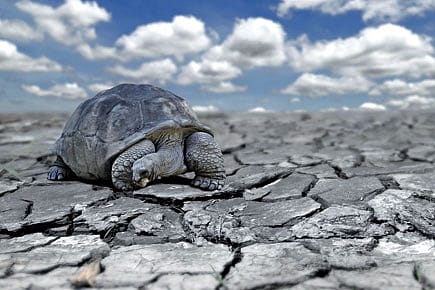Variations in Ageing

Various plant and animal species age differently; some in fact grow stronger and more fertile
Various plant and animal species age differently; some in fact grow stronger and more fertile
As the popular perception of ageing goes, humans and animals are strongest when they are young. As they age, they start becoming physically weak, their fertility declines and their chances of dying increase. In short, ageing follows a fixed pattern: mortality increases with age, while fertility decreases. However, according to a new research study, this is not the standard pattern of ageing in nature.
The research, which was published in Nature, was conducted by a group of Danish-led scientists to better understand the process of ageing in nature. They studied 46 species of animals and plants, including mammals, vertebrates and invertebrates. This is considered one of the widest ranges of species ever studied to examine the process of ageing. Most previous research work has concentrated on mammals and birds.
According to the findings, animal species age, reproduce and die following such staggeringly different patterns that there does not appear to be a single coherent theory to explain the process of ageing. In addition to showing that some animals have a decreasing risk of dying as they age, the study also shows that other species, such as the freshwater polyp hydra, exhibit constant mortality throughout life. These species are found to remain as though biologically immortal, experiencing no bodily decay with age, and reproducing with the same rate over a lifespan. They die usually when consumed by predators. Others, like the freshwater crocodile, are seen to become more fertile with age, while the desert tortoise becomes less likely to die as it ages. The researchers found that humans are unique in exhibiting a relatively short period of fertility followed by a relatively long period of life.
2025 In Review
12 Dec 2025 - Vol 04 | Issue 51
Words and scenes in retrospect
Explaining that ageing remains a poorly understood phenomenon, the researchers write in the journal: 'To understand the evolution of ageing, age patterns of mortality and reproduction need to be compared for species across the tree of life. However, few studies have done so and only for a limited range of taxa… Although it has been predicted that evolution should inevitably lead to increasing mortality and declining fertility with age after maturity, there is great variation among these species.'
